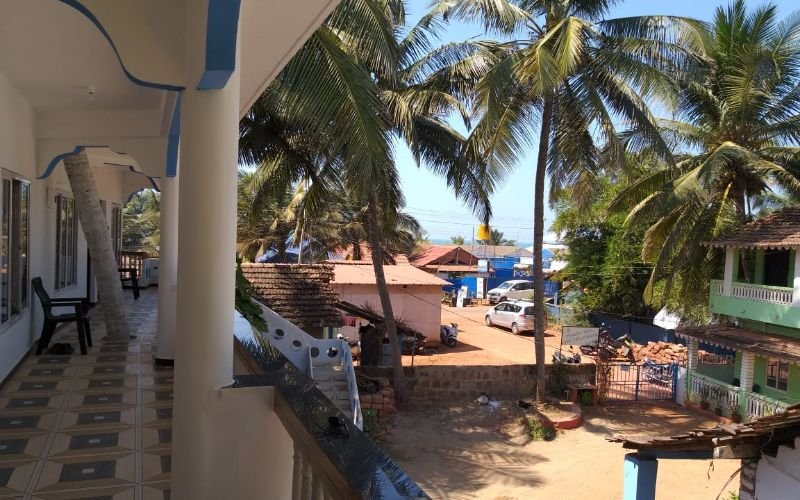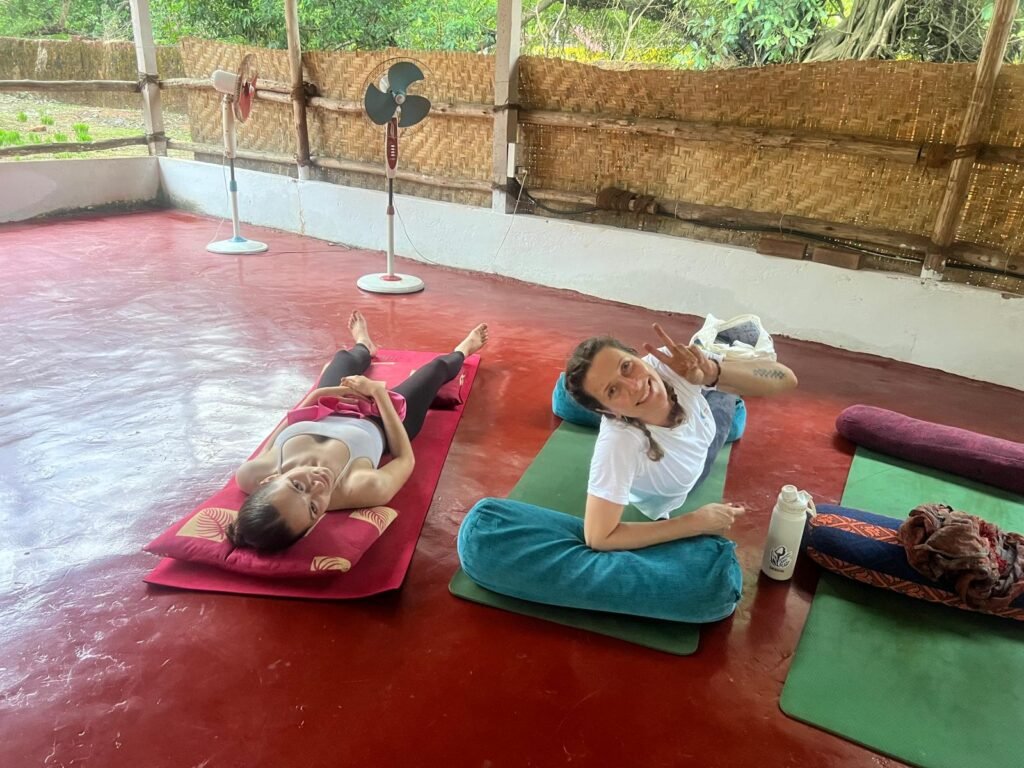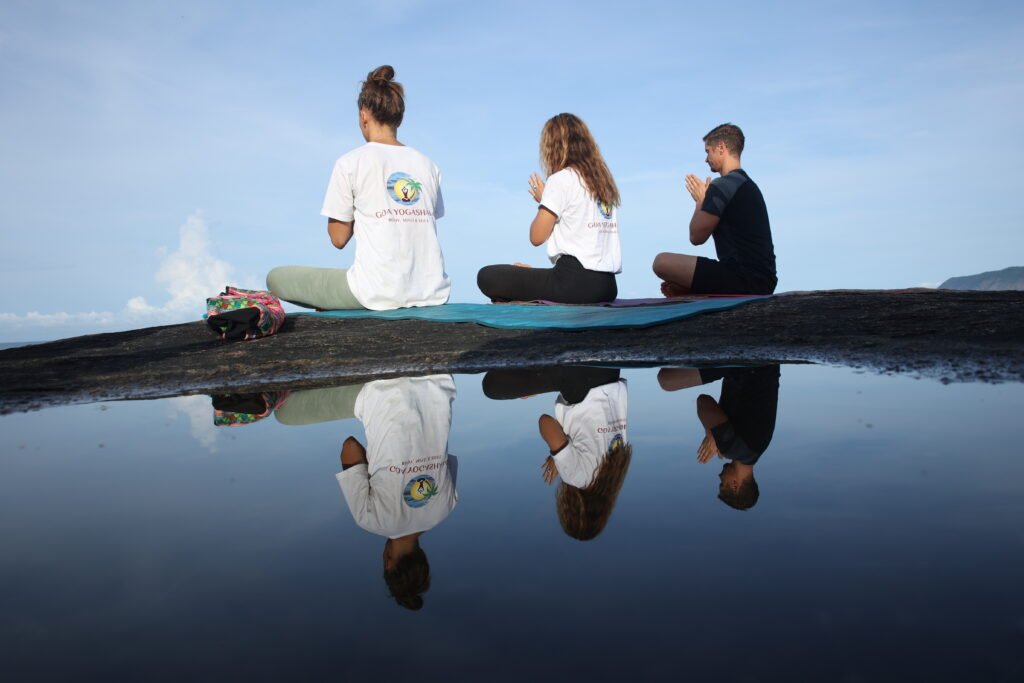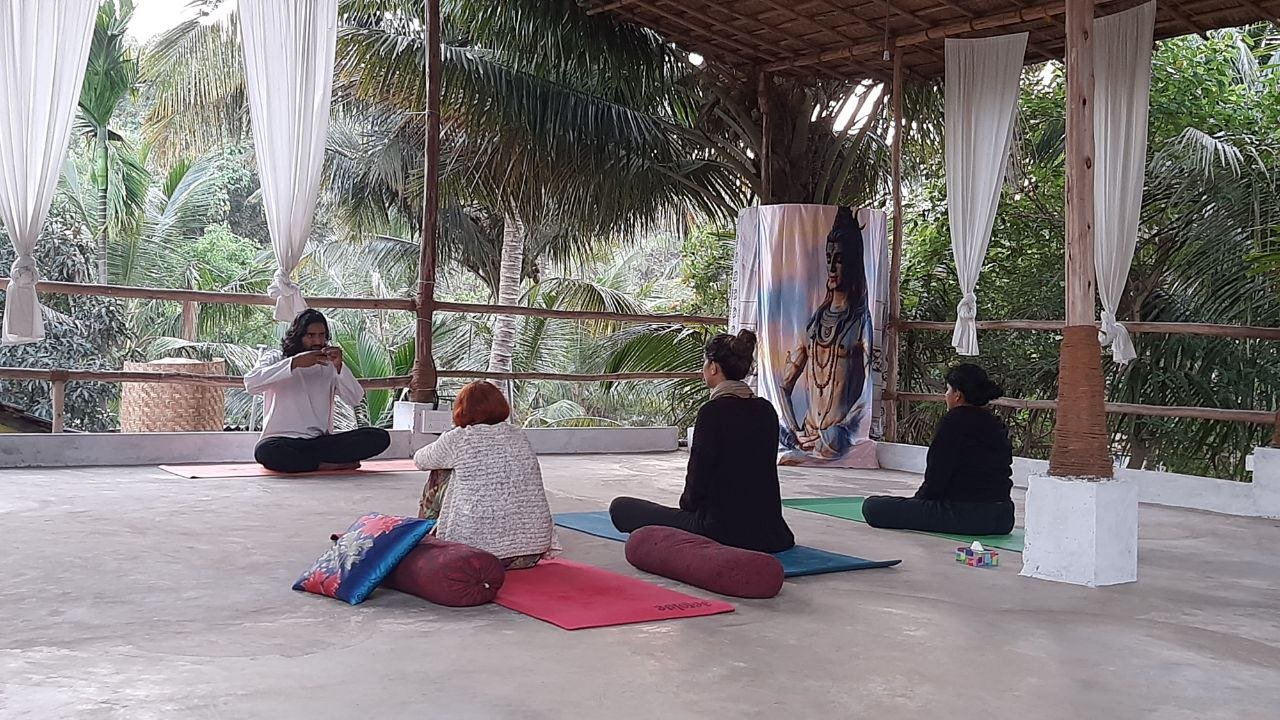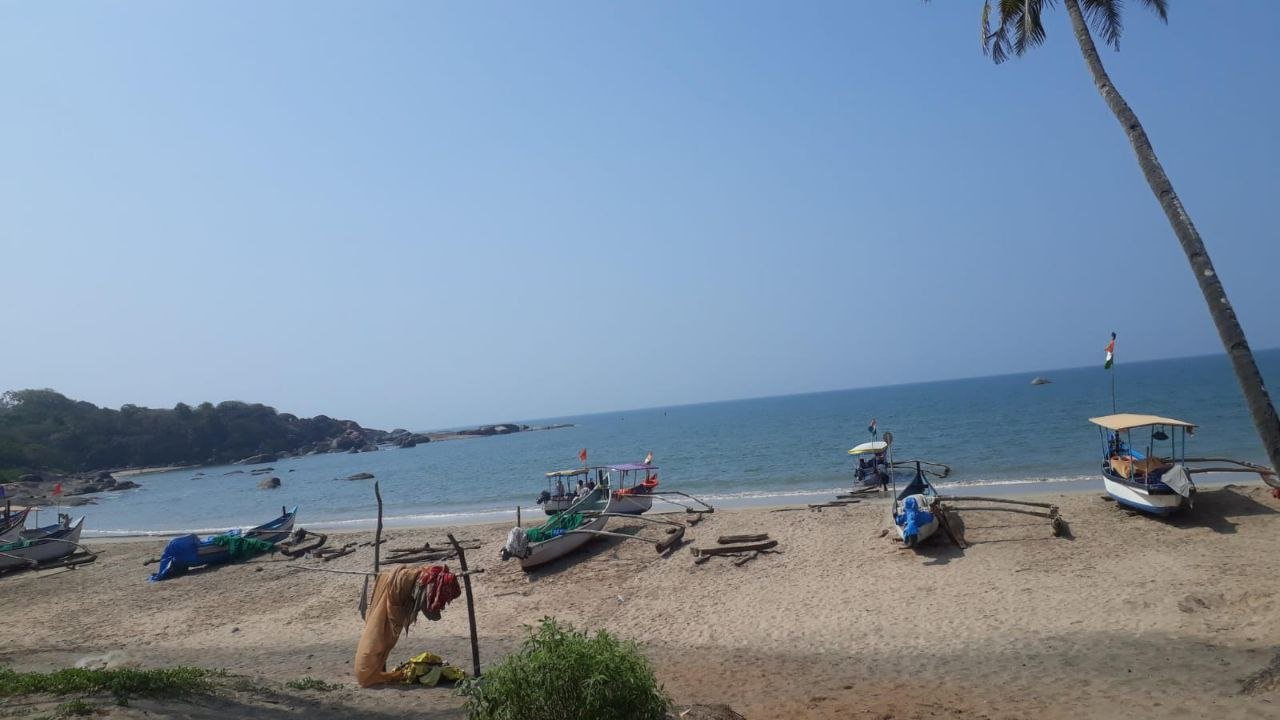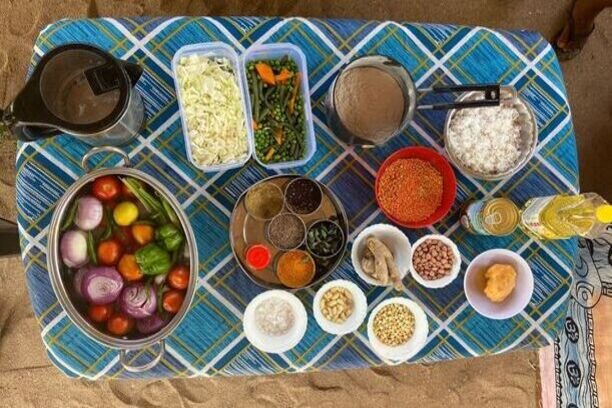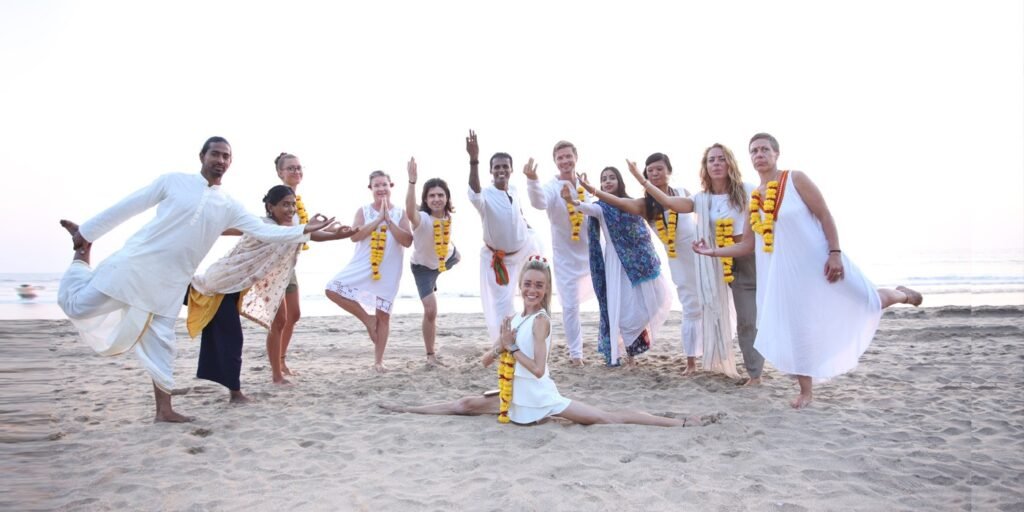Goa is a yoga paradise—a soulful place where golden sands meet ancient wisdom, and daily practice feels as natural as the ocean breeze. Every year, thousands of travelers and aspiring yoga teachers flock here for retreats, teacher trainings, and personal transformation.
But there’s something most travel blogs don’t tell you…
Not every time of year is ideal for yoga in Goa.
In fact, some seasons can make your experience deeply uncomfortable, and even unsafe—especially if you’re expecting peaceful practice, full classes, or even basic infrastructure.
As local yoga teachers who live here year-round, we’re here to give you the honest truth: why not to visit Goa for yoga in monsoon—and what to expect if you do.
🌧️ 1. The Monsoon Season (June to September) – Romantic, But Wrong for Yoga
Monsoon in Goa is beautiful. Lush greenery returns. Rivers swell. The skies thunder with drama. But for yogis, especially those looking for asana-focused practice, it’s the worst time to visit.
Here’s why:
❌ Heavy, Constant Rain
Forget about outdoor yoga decks or beach practice. Monsoon in Goa isn’t “light showers”—it’s hours of pounding rain, often without pause. Even indoor classes are interrupted by leaking roofs or slippery floors.
❌ Humidity That Zaps Your Energy
High humidity makes deep breathing uncomfortable and poses harder to maintain. You’ll sweat excessively and struggle to find a dry mat or towel—even your clothes don’t dry for days.
❌ Fewer Studios Open
Most yoga schools and retreat centers shut down entirely during this time—especially in South Goa (Agonda, Palolem, Patnem). Teachers head north or abroad, and there are very few drop-in classes available.
❌ Insects & Mold
Mosquitoes thrive in Goa’s wet season. Mold builds up quickly on mats, clothing, and bedding. Some studios are forced to close simply because their structures can’t handle the damp.
“Monsoon yoga sounds dreamy—but after three days of wet mats, no power, and mosquitoes biting during Shavasana, I was done.”
— Jenna M., student from the UK
🥵 2. Late May: Extreme Heat + Off-Season Shutdown
While May isn’t officially monsoon yet, it brings its own challenges.
By mid-May, Goa starts to feel hot and heavy, with temperatures frequently crossing 38°C (100°F) and humidity nearing 90%. You’ll sweat just sitting still. Doing Vinyasa becomes nearly unbearable—even at sunrise.
Other downsides of May:
- Many yoga schools close or wind down by this time.
- There’s little community energy—most travelers have already left.
- AC isn’t always guaranteed, especially in eco-resorts or beach huts.
Some visitors come for “off-season discounts,” but regret the lack of structure, support, or vibrant group energy they expected.
🧘♀️ 3. South Goa During Monsoon: Isolation Instead of Inspiration
South Goa—home to beautiful towns like Agonda, Palolem, and Patnem—is known for being quieter, more serene, and ideal for yoga… but only during the right months.
During monsoon:
- Many local businesses shut down entirely. No cafes, no community events, no beach shacks.
- Transport becomes difficult—taxis are limited, roads flood, and buses are unreliable.
- You may feel cut off and isolated, especially if you’re traveling solo.
A few resorts may stay open, but yoga classes are rare—and the overall vibe is more “off-grid survival” than mindful retreat.
“I came to Agonda in July thinking I’d find peace and solitude. Instead, I found closed studios, flooded roads, and not a single class for a week.”
— Luca B., yoga enthusiast from Italy
🧭 So, When Should You Visit Goa for Yoga?
Now that we’ve covered when not to come, let’s talk about the good part.
✅ Best Time to Visit: October to March
These months offer:
- Pleasant temperatures (28–32°C) with low humidity
- Clear skies and stunning sunrises for morning practice
- Full yoga schedules, workshops, and international teacher trainings
- Vibrant community—digital nomads, spiritual seekers, and travelers alike
- Beach life + wellness perfectly balanced
🌅 Also Consider: April , May
- Great if you want fewer crowds but still access to most yoga schools
- Ideal for quieter personal retreats or off-peak teacher training
🧩 Pro Tips from Local Teachers
1. Check Studio Schedules in Advance
If you’re visiting in shoulder season (May or October), contact yoga schools beforehand. Don’t assume drop-in classes will be running.
2. Avoid South Goa from June to September
Unless you really want to be alone, avoid towns like Agonda, Patnem, and Palolem during monsoon.
3. Choose North Goa for Year-Round Options
Places like Morjim, Arambol, and Assagao may still have limited classes during monsoon—but the weather still poses challenges.
🧘 Final Thoughts: Let Goa Support Your Practice—Not Challenge It
Goa is a sacred space for yoga—but even sacred spaces have their seasons.
Practicing in the wrong conditions can lead to frustration, poor health, or a wasted opportunity. You deserve an environment that supports your breath, flow, and peace of mind—not fights against it.
So take it from those of us who’ve taught and practiced here through every season.
Come during the dry months. Let Goa show you her best.
✨ Planning Your Trip?
Check out our upcoming retreats and teacher training programs at Goa Yogashala. We offer seasonal guidance, personalized support, and unforgettable experiences rooted in traditional yogic wisdom.
📩 Need help planning around the weather or finding the right time to join us? Contact us and we’ll help guide your journey.




